
Spooky new preprint from our lab on the cells and circuits that mediate nociceptive behaviors in adult Drosophila, led by graduate student (and newly minted PhD!) @jonesjes.bsky.social.
🪰⚡👻🎃
www.biorxiv.org/content/10.1...

Spooky new preprint from our lab on the cells and circuits that mediate nociceptive behaviors in adult Drosophila, led by graduate student (and newly minted PhD!) @jonesjes.bsky.social.
🪰⚡👻🎃
www.biorxiv.org/content/10.1...
By @phiejacobs.bsky.social on @science.org
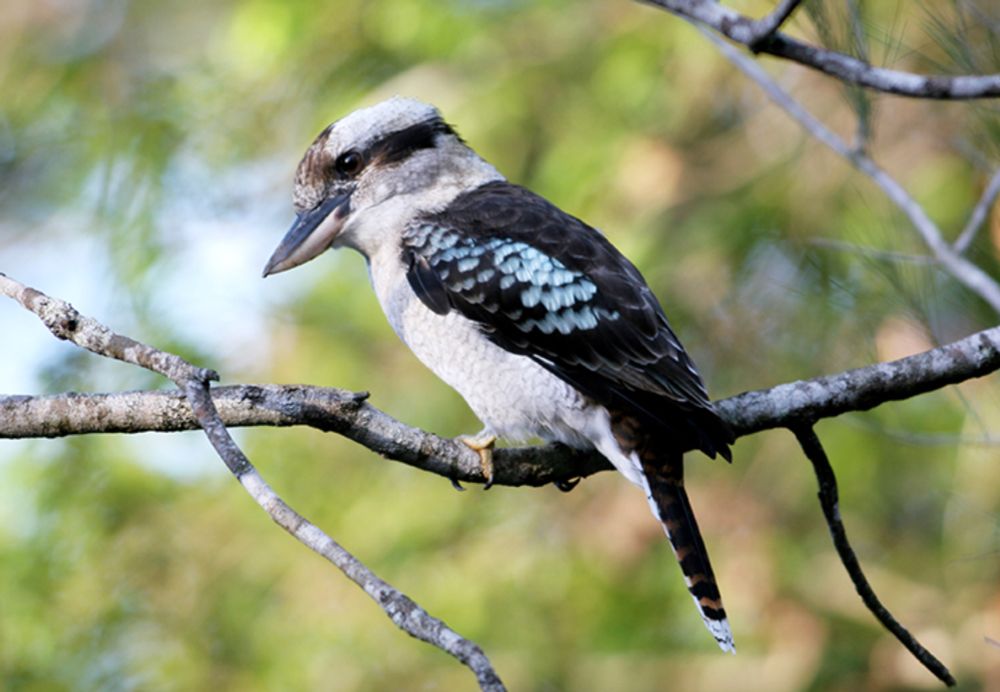
By @phiejacobs.bsky.social on @science.org
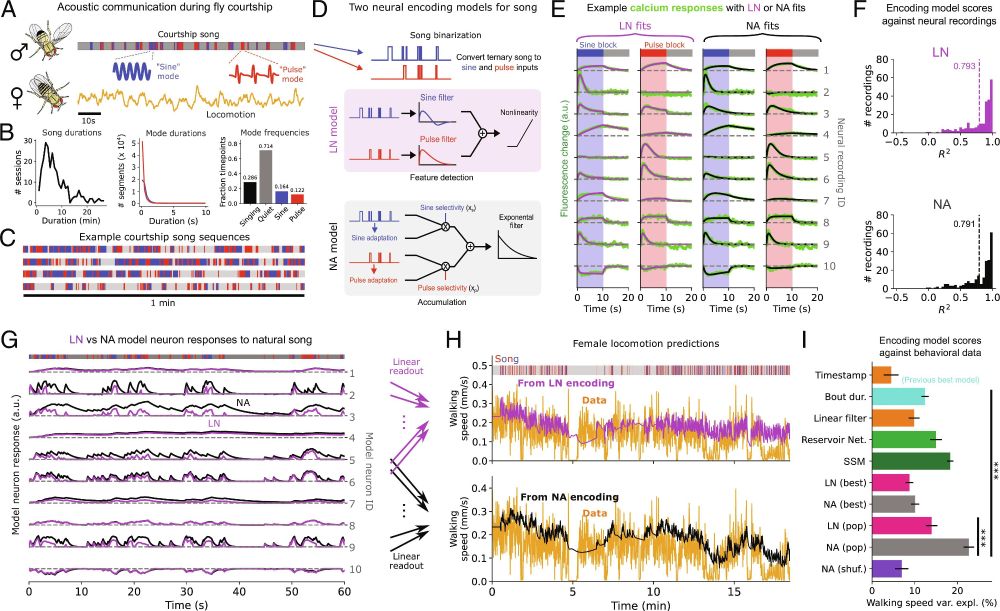



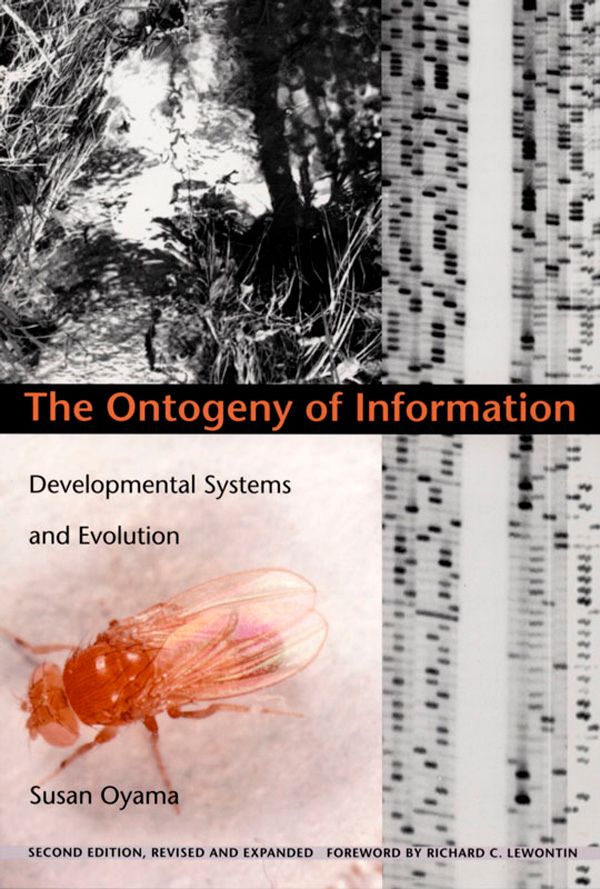
#neuroskyence
www.thetransmitter.org/systems-neur...
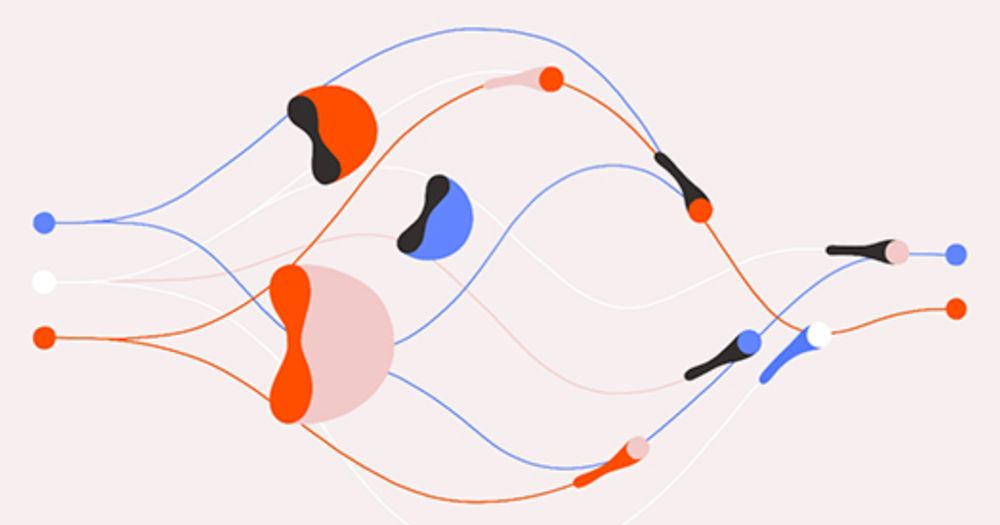
#neuroskyence
www.thetransmitter.org/systems-neur...

#neuroskyence
www.thetransmitter.org/theoretical-...
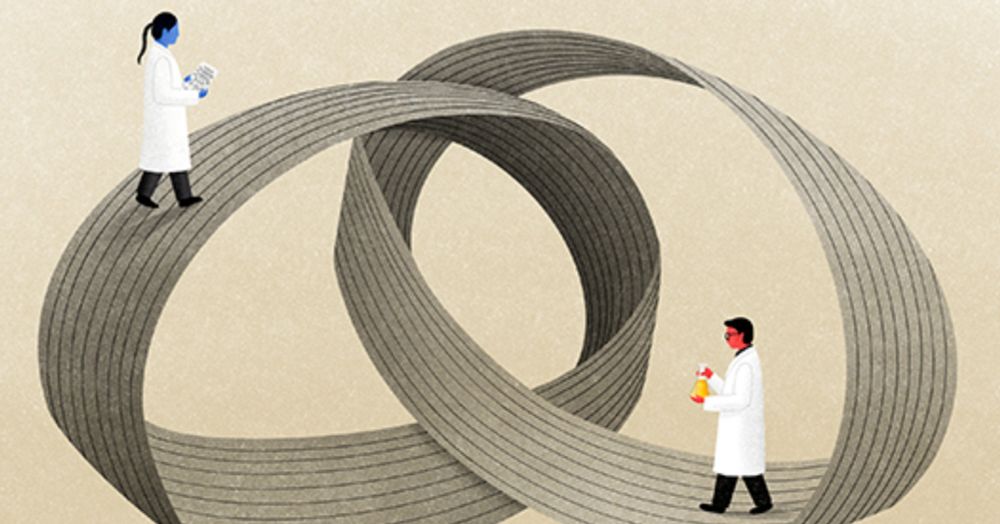
#neuroskyence
www.thetransmitter.org/theoretical-...
By @callimcflurry.bsky.social, @avaskham.bsky.social, @claudia-lopez.bsky.social, @shaena.bsky.social
#neuroskyence
www.thetransmitter.org/animal-model...
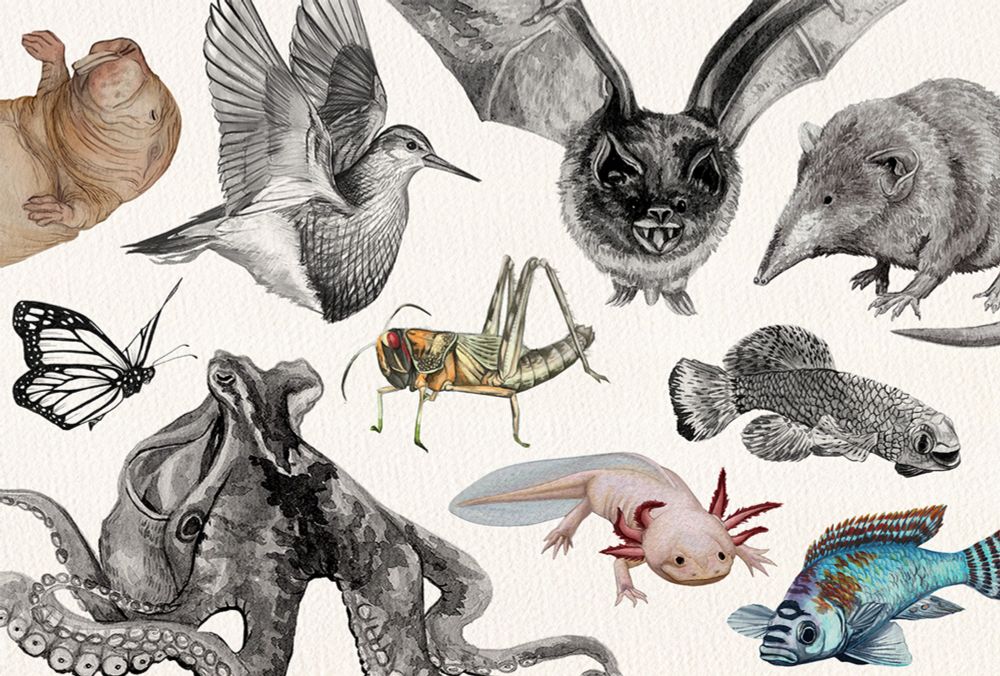
By @callimcflurry.bsky.social, @avaskham.bsky.social, @claudia-lopez.bsky.social, @shaena.bsky.social
#neuroskyence
www.thetransmitter.org/animal-model...



alleninstitute.org/events/summe...
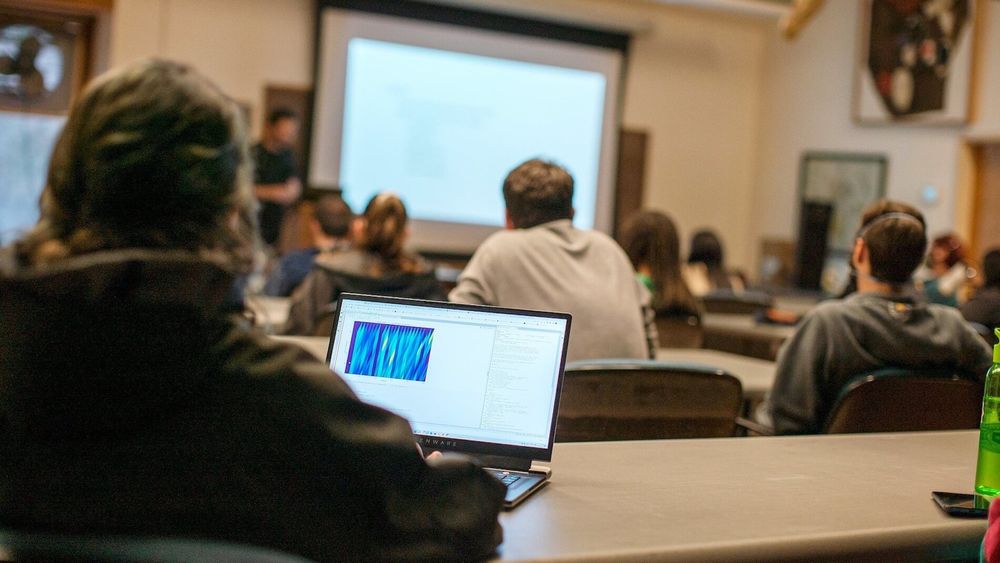
alleninstitute.org/events/summe...
How do brains connect odors with internal models of the world?
Our preprint suggests that the olfactory bulb participates in this connection.
www.biorxiv.org/content/10.1...
How do brains connect odors with internal models of the world?
Our preprint suggests that the olfactory bulb participates in this connection.
www.biorxiv.org/content/10.1...
Led by the fantastic Anantu Sunil & Olivia Pedroncini, this also marks my first last author publication from the University of Bonn!
journals.plos.org/plosbiology/...

Led by the fantastic Anantu Sunil & Olivia Pedroncini, this also marks my first last author publication from the University of Bonn!
journals.plos.org/plosbiology/...





